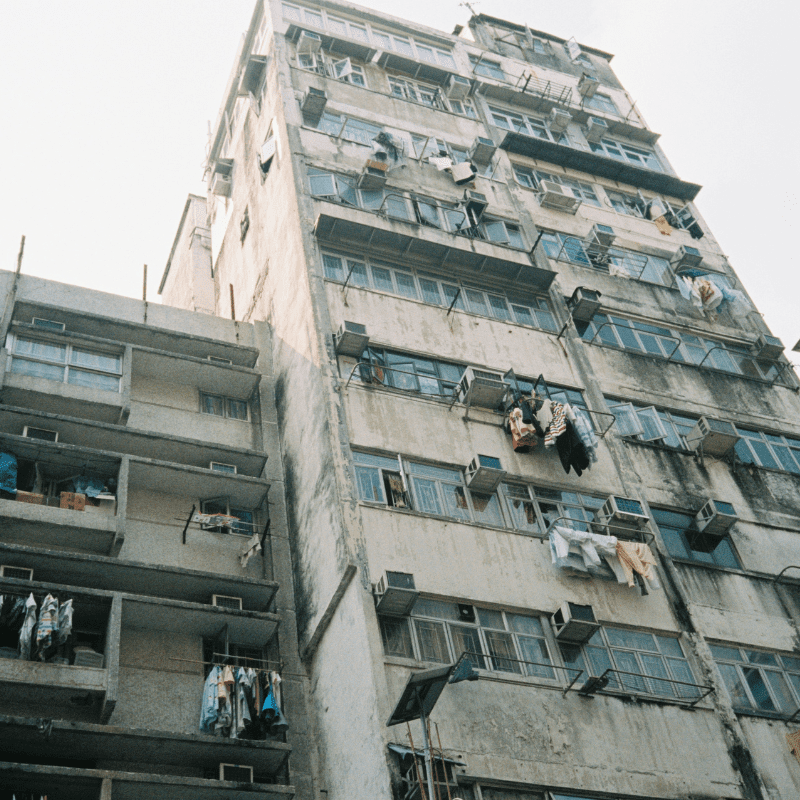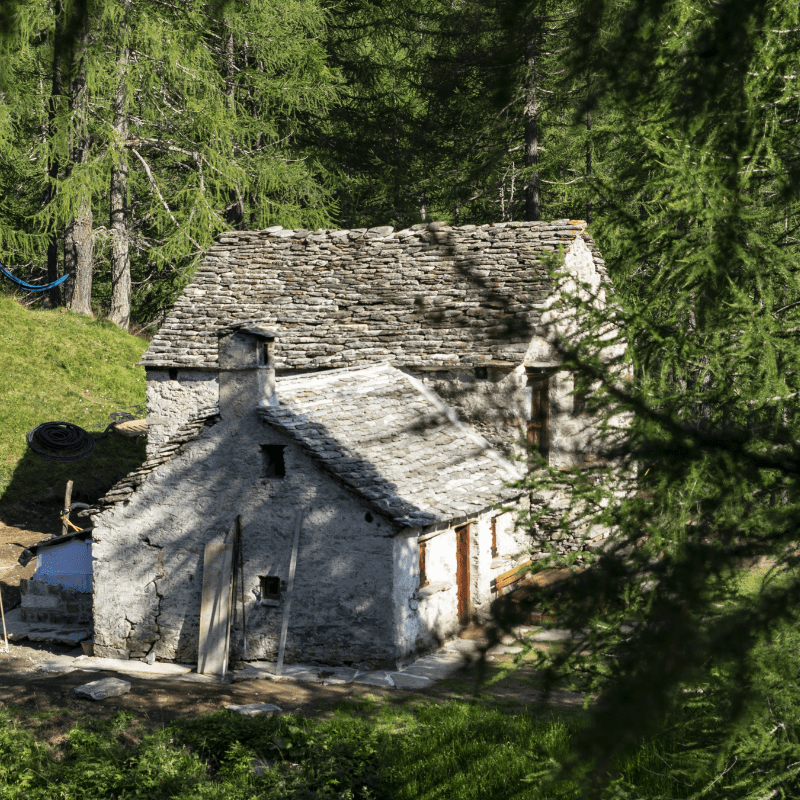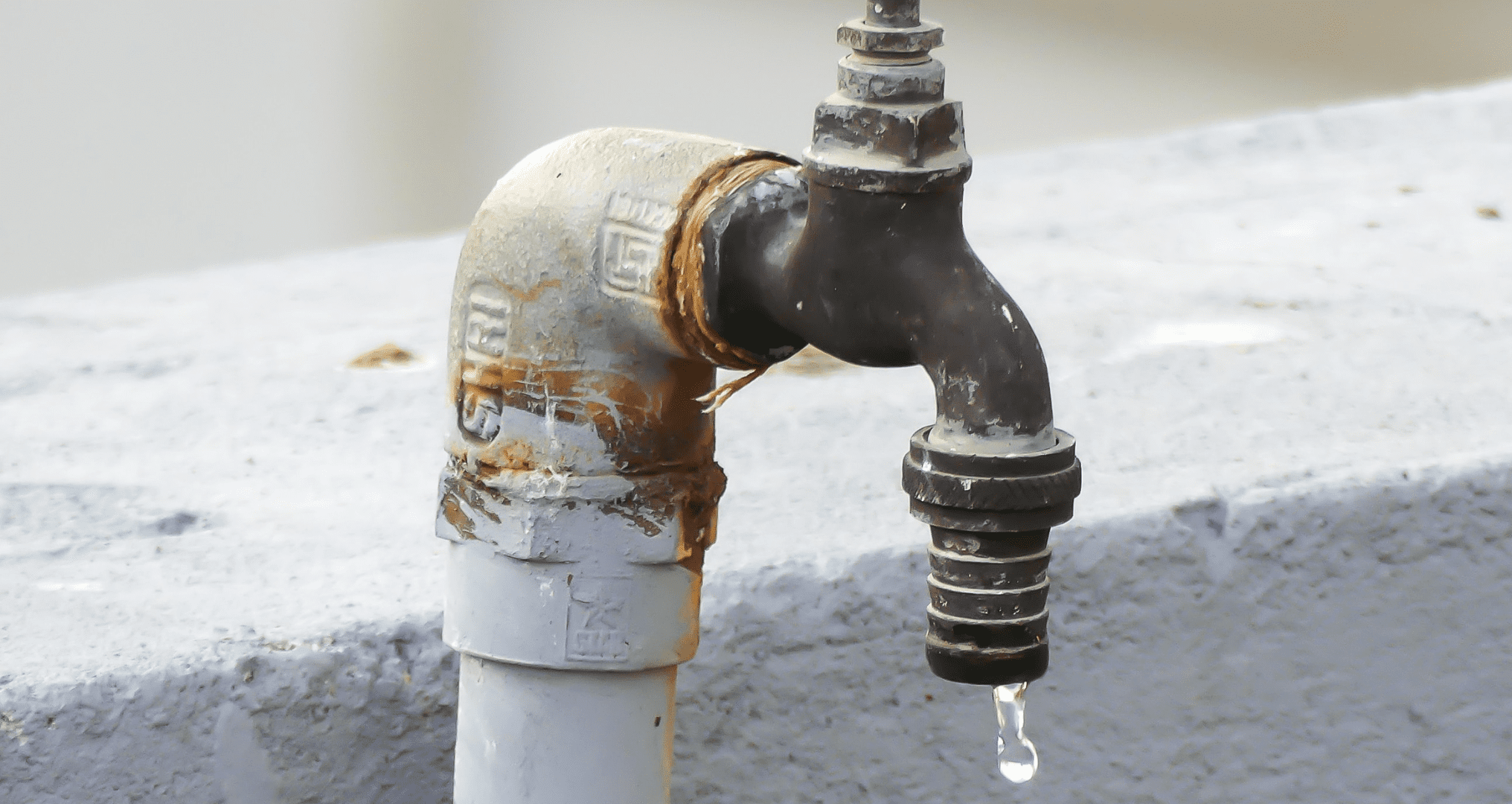In 2010, the General Assembly of the United Nations recognized that access to clean water and sanitation is not only a simple need but is as much a basic human right as freedom of expression and education. And in recent decades, there has been tremendous progress toward providing the human population with clean water. In fact, it’s estimated that between 2010 and 2017, the portion of the global population with access to clean water grew from 61% to 71 %.
Despite that, however, there are still many hindrances to enlarging that number. Contaminated soil and dirty drinking water for instance, still pose a threat to many communities around the world. And unfortunately, many of the communities that suffer from these problems are low-income communities, and Bottleless Nation explores why that is here.
Water Scarcity in Rich Nations
Usually, when people mention water scarcity in low-income communities, people would often think of communities in Africa or similar parts of the world where clean water is a scarce resource. There, the struggle for clean water and sanitation is a continuous struggle. However, what most people don’t realize is that water scarcity is also an epidemic in rich and developed nations.
In the journal Proceedings of the National Academy of Sciences which was published in 2020, it was revealed that between 2013 and 2017, around 1.1 million US citizens had insecure water access. And it was found that 50% of these people lived in the 50 biggest metropolitan areas of the country.
The study also found that the majority of these people included people of color who lived in mobile or rented homes and spend most of their income on housing costs. And unfortunately, the researchers concluded that their numbers underestimate the entirety of the problem since the US census tends to undercount people in the same situations.
Homelessness and Poor Housing
Although clean water and sanitation are supposedly universal, especially for a rich nation like the US, many officials and statistics don’t account for people in substandard homes or those without homes.
In a study conducted by scientists at the Georgia Institute of Technology in Atlanta, they found that at least 630,000 people did not have access to a flush toilet. Half of this number also relied on shared sanitation.
The study also notes that people living in substandard homes might have running water and flushing toilets. However, when these break, it can take days up to weeks before landlords address the issue. Both of these issues are prime examples of how low-income communities experience water scarcity.


Rising Water Bills
Another issue that low-income communities are facing is rising water bills. Today, in cities both large and small, water bills are becoming unaffordable. This is mostly due to utilities hiking up prices to compensate for infrastructure upgrades, environmental clean-ups, and climate emergency defenses to deal with floods and droughts. Federal funding for America’s old plumbing systems is also diminishing which places stress on the bills of the people.
In addition to this, it’s not only water bills that are rising. Utility bills on the whole are rising for many American households. And many of these households have to choose which ones to prioritize. Inevitably, this hits low-income households the most.
No Access to Municipal Water Services
Another problem that is not often addressed is that many rural communities are isolated from municipal water services.
In urban areas, utility companies are often the ones responsible for the installation and maintenance costs of water and sewer lines. However, for those households who are too far away from the reach of these companies, they are responsible for installing their own wells and septic systems. And more often than not, this comes at their own efforts and costs.
If these households are not able to build their own well systems, most of them have to drive for hours to the nearest town to get access to clean water. Some of them may even get a portion of their water supply from streams that haven’t been tested for pollutants.

Proposed Solutions
Solving a problem as huge as the water crisis, especially for low-income communities is not an undertaking that can be done overnight. And it’s not one that can be done by only one or two sections of society. But there has already been a start.
For instance, in 2021, the American Jobs Plan was published This includes $111 billion in investments in water infrastructures. And part of this program is modernizing the US’ aging water systems and upscaling existing successful water programs. The plan also includes a call for $56 billion in loans and grants to “states, tribes, territories, and disadvantaged communities.” Hopefully, this can be enough of a push for more government initiatives to help low-income communities find their footing against water scarcity.
However, when it comes to community actions, studies have found that community-led initiatives are better. This provides residents with meaningful participation and has more chances of success as it fosters collaboration and a sense of ownership.
Be Part of the Solution with Bottleless Nation
Water scarcity can’t be solved overnight. However, there are small steps that can be taken day by day to help alleviate this problem. At Bottleless Nation, we work with like-minded and heart-felt companies that offer better, more sustainable solutions for clean drinking water. We’re also on a mission to partner with charities that give back to water-insecure communities across the country and abroad. To learn more about us or Bottleless Nation Charitable Foundation, contact us today.
Credits:
Photo by Alexandre Lecocq on Unsplash
Photo by Artem Beliaikin on Unsplash
Photo by Riccardo Bernucci on Unsplash

